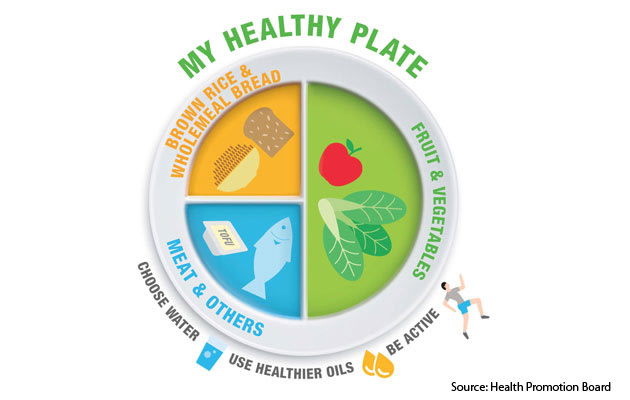Food & Your Elderly Parents: Are They Eating Right?
Here's what you should know about proper nutrition in your parents’ or your silver years.
However you plan to spend your retirement, good nutrition should form an important part of that lifestyle. Especially since the ageing process is one of the risk factors for malnutrition – a condition where your body doesn’t have enough of the nutrients it needs.
The risk of malnutrition increases as you age. Factors like dentition, loss of taste, decline in functional ability and illness can affect your food intake.
Related article: Can malnutrition affect cancer treatment in the elderly?
Quantity vs. quality
But it’s not simply a case of eating more of everything. In fact, it is normal to actually be eating less as we grow older.
Our physical activities lessen as we age. So as you’re moving around less, naturally, your energy needs also decrease. As do your food portions.
What’s more, we experience sarcopenia – the loss of muscle mass – as we age. As a result, our metabolic rate slows down by about 30 per cent by the age of 80.
So it becomes a question of not simply how much we should be eating in our silver years, but also what.
A healthy diet is about choosing the right types and right amount of food.
Brown rice, wholemeal bread and others
This food group provides most of the energy for our daily living. It includes rice, noodles, bread, cereal and potatoes.
Healthy eating guidelines recommend about four to six servings daily, of which half should consist of wholegrain foods.
Wholegrains foods such as brown rice are a rich source of nutrients, like B vitamins, folic acid, iron and copper. They have been associated with lower risks of cardiovascular diseases, type 2 diabetes and colorectal cancer. They also maintain good digestive health thanks to their high fibre content.
Yet, the average older Singaporean (50 to 69 years old) is taking less than one serving of wholegrain products a day.
Related article: Why you need vitamin B in your diet
Tips to increase wholegrain consumption
- Choose brown rice and wholemeal bread over white rice and white bread.
- Choose oats over rice porridge as a breakfast dish.
- Go for wholegrain crackers instead of plain crackers with your afternoon tea.
- And instead of plain vermicelli, switch to brown rice vermicelli.
Wholegrain foods are readily available at all major supermarkets. Best of all, prices are comparable to non-wholegrain staples.
If you’re not used to the taste, you can start by mixing half a bowl of white rice with half a bowl of brown rice. Then gradually increase your portion of brown rice till you become accustomed to it.
Fruit and vegetables
It is important to eat two servings of fruit and two servings of vegetables daily for good health.
Yet, most elderly in Singapore aren’t doing so. In fact, more than 60 per cent of Singaporeans aged 50 to 59 years do not meet the dietary recommendations for fruit. It goes even higher, 70 per cent, in the case of vegetables.
For those in the age group of 60 to 69 years, more than 70 per cent also do not meet the dietary guidelines for fruit and vegetables. This is worrying as a lack of fruit and vegetables means a reduced intake of essential vitamins, minerals and fibre.
Meeting the two-fruit daily requirement is really not that difficult. Take an apple or pear in the day, and a wedge of pineapple, watermelon or papaya after dinner, and you're done.




